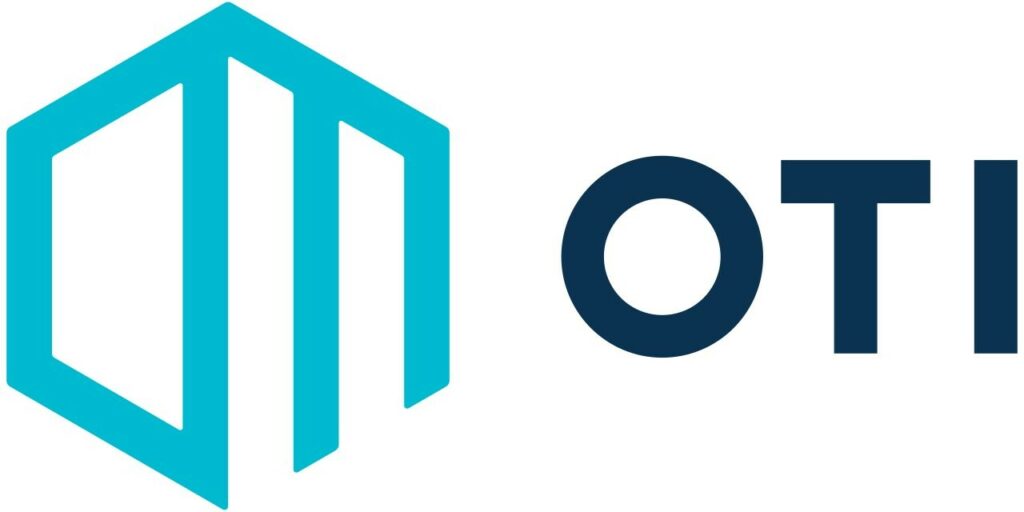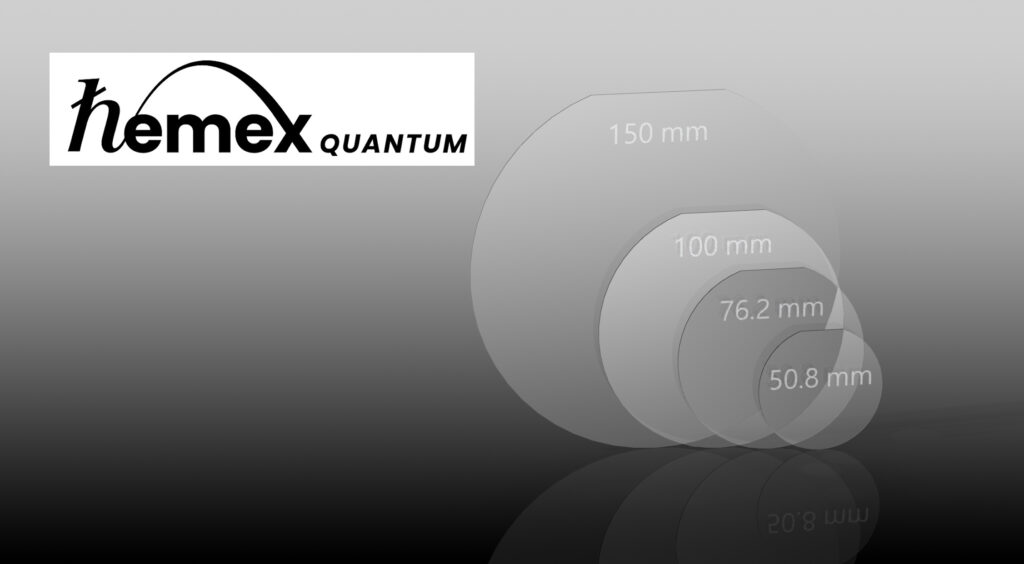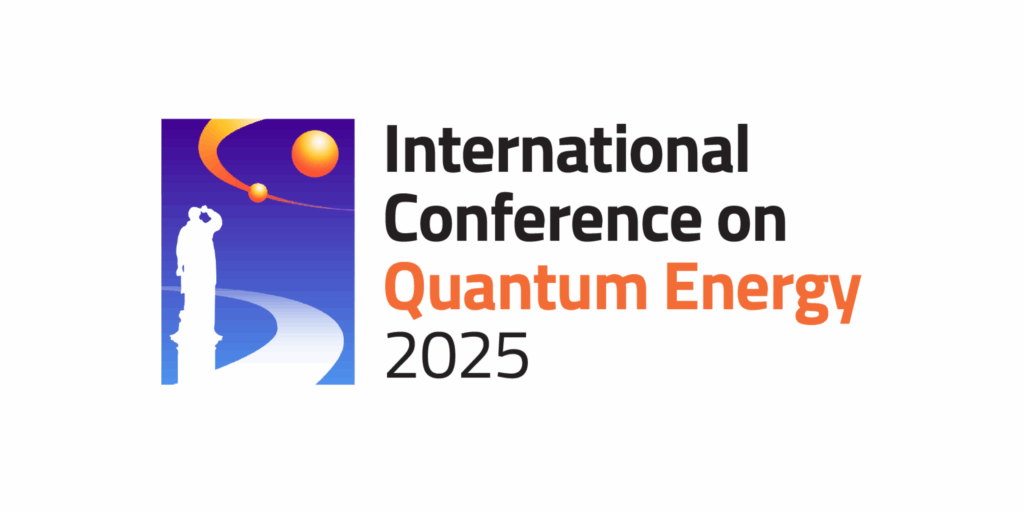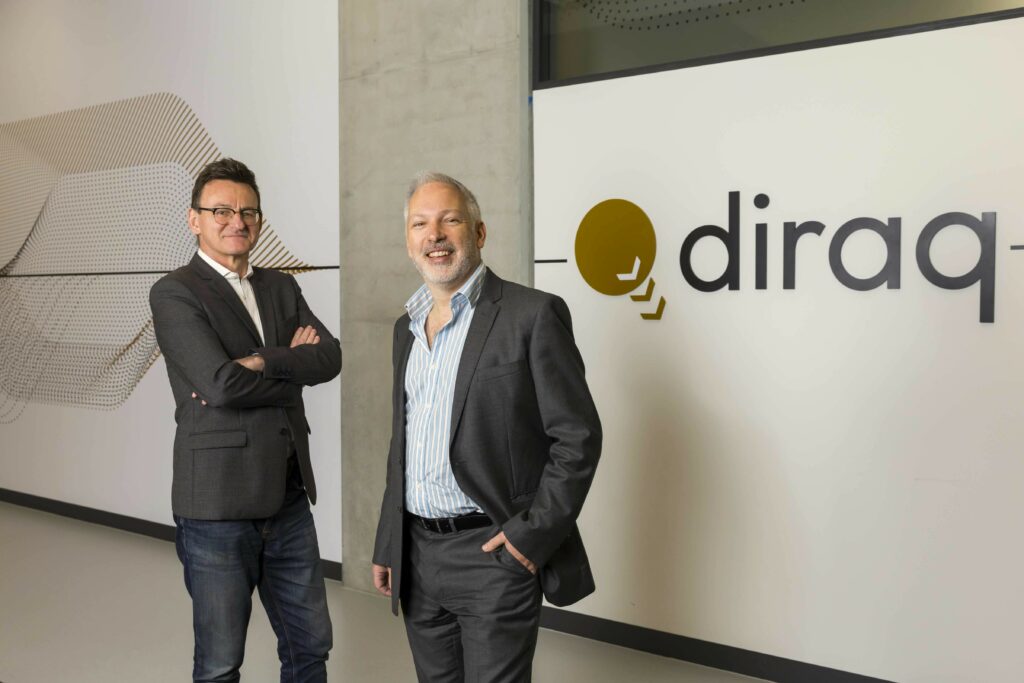Insider Brief:
- Qoro Quantum and CESGA executed a pilot integrating Qoro’s orchestration software with CESGA’s CUNQA emulator, demonstrating scalable, distributed quantum circuit simulations across 10 HPC nodes.
- The project tested distributed implementations of VQE and QAOA, using Qoro’s Divi software to generate and schedule thousands of quantum circuits for simulation on CESGA’s infrastructure.
- VQE and QAOA workloads ran within second, demonstrating the ability to perform high-throughput quantum algorithm simulations with minimal code and efficient resource utilization.
- The pilot confirmed the feasibility of hybrid quantum-classical workflows in HPC environments, highlighting the potential of distributed emulators like CUNQA to prepare for future large-scale quantum computing deployments.
Qoro Quantum and the Galician Supercomputing Center (CESGA) have completed a pilot project demonstrating how high-performance computing environments can support scalable, distributed quantum circuit simulations. According to a release from Qoro Quantum, the two-week collaboration focused on deploying Qoro’s middleware orchestration platform to run distributed versions of two key quantum algorithms—variational quantum eigensolver and quantum approximate optimization algorithm—across CESGA’s QMIO infrastructure.
Integrating Quantum Workloads with HPC Systems
Qoro’s software suite includes Divi, a quantum application layer designed to automate the parallelization and orchestration of hybrid quantum-classical algorithms. During the pilot, Divi interfaced with CESGA’s CUNQA emulator, a distributed QPU simulation framework, to schedule and execute quantum workloads across 10 HPC nodes.
As noted in the release, CESGA’s CUNQA provides a modular testbed that emulates distributed QPU environments with configurable parameters such as noise models and topologies. This allowed Qoro’s platform to simulate realistic quantum workloads in a multi-node configuration, mimicking the requirements of future hybrid quantum-HPC systems.

“It was a very smooth collaboration, our systems integrated very well together and the end-to-end functionality worked exactly as expected,” said Dr. Stephen DiAdamo, Co-Founder and CTO of Qoro Quantum. “In one day of setup, we were able to run meaningful simulations on a complex distributed system.”
Testing VQE and QAOA in a Distributed HPC Environment
VQE is a variational hybrid algorithm used to approximate the ground-state energy of quantum systems—a central problem in quantum chemistry. In this pilot, Qoro and CESGA simulated a hydrogen molecule using two ansätze: Hartree-Fock and Unitary Coupled Cluster Singles and Doubles. The bond lengths were varied over 20 values, and Divi generated 6,000 VQE circuits accordingly.
Using Monte Carlo optimization to explore the ansatz parameter space, the circuits were distributed across 10 computing nodes and executed via the CUNQA emulator. According to Qoro, the entire workload was simulated in just 0.51 seconds. The results were aggregated automatically and returned for analysis, which demonstrates the platform’s ability to support high-throughput experimentation with minimal developer input—just 15 lines of Divi code.
The team also tested QAOA, a quantum-classical algorithm designed for solving combinatorial optimization problems such as Max-Cut. This problem involves partitioning a graph to maximize the number of edges between two subsets, and is a formulation relevant to logistics, circuit design, and data clustering.
In the simulation, a 150-node graph was partitioned into 15 clusters, and Qoro’s Divi software used Monte Carlo methods to generate parameterized circuits. Two test scenarios were run: one with fewer samples (2,850 circuits in 2.13 seconds) and one with more samples (21,375 circuits in 15.44 seconds). The cut size ratio, a measure comparing quantum to classical results, improved from 0.51 to 0.65 with increased sampling. All circuits were executed in parallel on CESGA’s infrastructure, again using the CUNQA emulator.
Outcomes, Infrastructure, and Future Directions
The pilot project yielded several tangible outcomes that demonstrate progress toward scalable hybrid quantum computing. According to the release from Qoro Quantum, the team successfully integrated Qoro’s orchestration platform with CESGA’s distributed quantum emulator, enabling seamless communication between the application layer and the emulated QPU infrastructure. The collaboration also demonstrated the ability to automatically generate and schedule large-scale quantum workloads using Qoro’s Divi software, streamlining the execution of complex quantum programs.
In addition, the project validated the feasibility of running hybrid quantum-classical algorithms across multiple HPC nodes, showing that distributed execution can significantly accelerate performance without extensive manual setup. Finally, the pilot identified key technical considerations for scaling quantum workloads in high-performance computing environments, insights that will inform future development of distributed quantum systems.
According to the release, the project illustrates how current HPC infrastructure can support future quantum workloads by emulating distributed quantum architectures. Qoro Quantum and CESGA plan to continue refining this approach to support the broader adoption of quantum computing in large-scale classical environments.
CUNQA is developed under the Quantum Spain project with support from the Spanish Ministry for Digital Transformation and the European Union. The QMIO infrastructure used in this project is funded through ERDF_REACT EU as part of the EU’s COVID-19 response initiative.

















